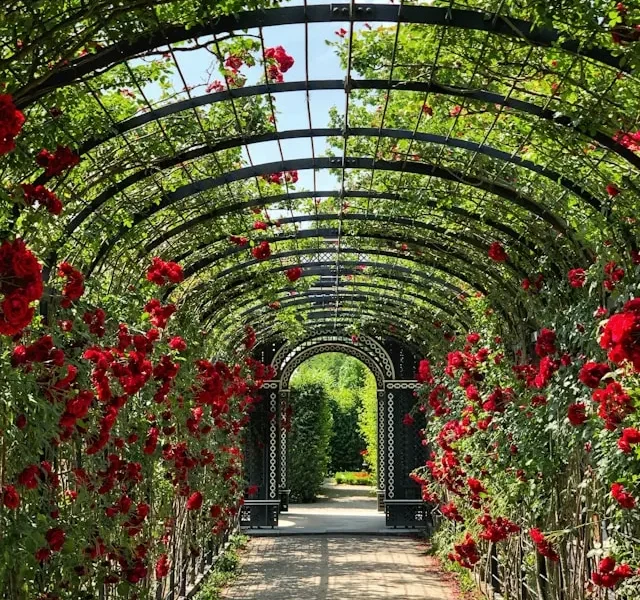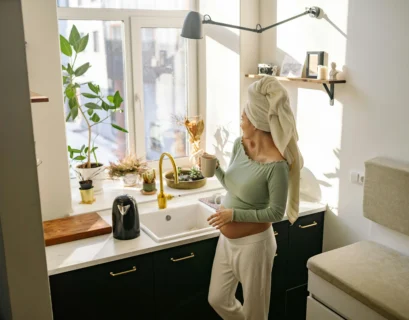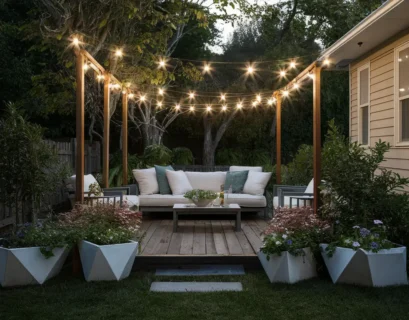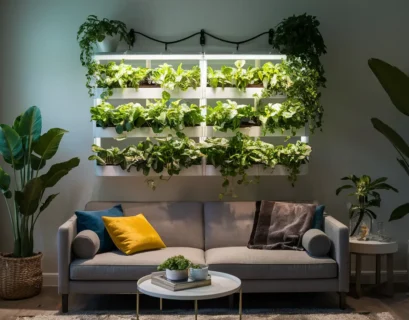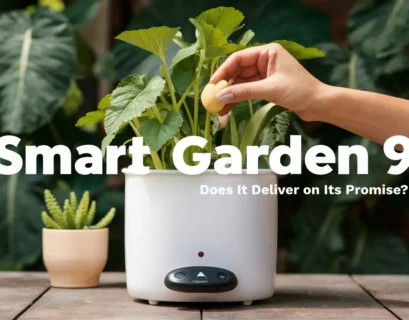Trellises are a useful and beautiful garden design element that can hold climbing plants and improve the appearance of any outdoor area. The selection of the perfect trellis can be difficult due to fewer available options, including wood, metal, and plastic, and in different shapes like fan and obelisk.
Table of Content
With the help of this thorough guide, you will be able to sort through the many options and choose the trellis that best fits the requirements of your garden, the local climate, and the particular climbing plants you want to highlight.
Understanding Trellis Materials
Wooden Trellises: Organic Beauty with Thoughts
Because of their inexpensive price and organic appearance, wooden trellises are a popular option. Their longevity, though, may raise some questions.
Cheaper alternatives might not hold up over time because they are more likely to rot and decay, especially in bad weather.
Furthermore, there can be differences in the quality of construction; some trellises are held together by tiny staples or tacks that could come loose with time.
If you want something durable but still prefer the look of wood, you might want to make your own trellis. It is important to choose the correct kind of wood because certain treated timber contains chemicals that are bad for plants.
Because of their inherent resistance to pests and decay, cedar and redwood make great options. Experts at garden centres should always be consulted to guarantee the wood’s safety and suitability for your project.
Plastic Trellises: Vibrant and Durable
A contemporary substitute are plastic trellises, which come in a variety of hues and patterns. Though they are regarded for being more durable than wood, they are typically more expensive.
To avoid colour fading or yellowing from sun exposure, make sure the plastic trellis you choose is UV stable.
When searching for a low-maintenance alternative, gardeners would be advised to invest in PVC vinyl because it is a sturdy material that can resist various weather conditions.
Metal Trellises: Robust and Elegant
The idea that metal trellises might overheat and harm plants has been disproved, leading to a rise in their popularity.
Choosing lighter hues, like white, helps protect your plants by reflecting sunlight and reducing heat absorption. Aluminium is a material that works well for metal trellises since it is sturdy and lightweight.
Painted to prevent corrosion, it provides a sturdy, collapsible solution for convenient storage.
Selecting the Appropriate Trellis for Your Climbers
The choice of trellis is largely influenced by the kind of climbing plant you want to cultivate. A large, robust trellis is necessary to withstand the weight of heavy vines.
Make sure the trellis can support the plants you have chosen by learning about their development requirements and habits.
For example, whereas lighter plants like clematis can grow on more delicate structures, heavier plants like roses and wisteria require robust support.
Important Lessons for Choosing a Trellis
- Substance Matters: Select a trellis material based on your preferred level of maintenance and climate.
- Durability: Verify that the trellis is strong enough to support the weight and expansion of your climbing plants.
- Design: Think about the look you want your garden to have.
By taking these things into account, you can choose a trellis that will enhance your garden’s appearance and usefulness for many years to come in addition to supporting your plants.

